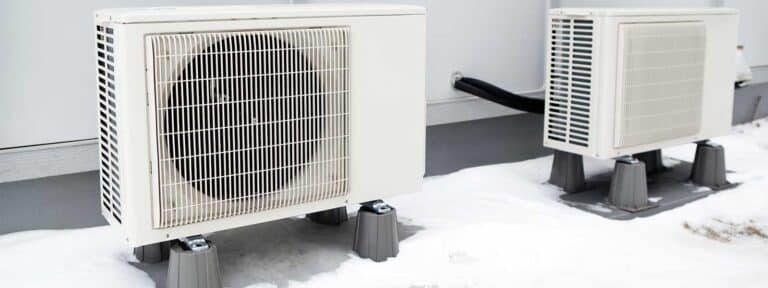Understanding SEER Rating in HVAC: What You Need to Know
Introduction
When it comes to selecting an HVAC (Heating, Ventilation, and Air Conditioning) system for your home, there are numerous factors to consider. One of the key metrics that homeowners should pay close attention to is the SEER rating. SEER, which stands for Seasonal Energy Efficiency Ratio, plays a crucial role in determining the energy efficiency and cost-effectiveness of your HVAC system. In this blog post, we will delve into what SEER rating is, why it matters, and how it can impact your comfort and utility bills.
What is SEER Rating?
SEER rating is a numerical value that quantifies the energy efficiency of an air conditioning system. It is a standardized measurement that helps homeowners and HVAC professionals assess how effectively a cooling system can convert electricity into cooling output over a typical cooling season. The higher the SEER rating, the more efficient the system is at cooling your home while consuming less energy.
Understanding SEER Numbers
SEER ratings typically range from 13 to 25 or more, with higher numbers indicating better efficiency. Here’s a breakdown of what different SEER ratings mean:
01.
SEER 13-15
These ratings are considered standard and are found in many older or less efficient air conditioning systems. They provide decent cooling but are not particularly energy-efficient.
02.
SEER 16-18
Systems with SEER ratings in this range are more energy-efficient and offer good savings on your energy bills compared to lower SEER units. They strike a good balance between cost and efficiency.
03.
SEER 19-21
These are highly efficient systems, which can significantly reduce your energy consumption and costs. They often come with advanced features and technology to optimize performance.
04.
SEER 22 and above
These systems are among the most efficient available. While they can be expensive upfront, they can provide substantial long-term savings and exceptional cooling performance.
Why SEER Rating Matters
Several factors can influence the SEER rating of an HVAC system:
Factors Affecting SEER Ratings:
1. Technology
Advances in technology, such as Variable-speed compressors and smart controls, can boost SEER ratings.
2. Sizing
Proper sizing and installation of the system are crucial to achieving the rated SEER efficiency..
3. Maintenance
Regular maintenance and cleaning of the system are essential to maintaining its efficiency over time.
Conclusion
In the world of HVAC systems, the SEER rating is a critical metric that can have a significant impact on your home’s comfort and your energy bills. Understanding what SEER rating is and how it relates to energy efficiency is essential when choosing the right system for your home. While systems with higher SEER ratings may have a higher upfront cost, they often pay for themselves through lower energy bills and improved comfort in the long run. So, when it’s time to replace or upgrade your HVAC system, be sure to consider the SEER rating to make an informed and energy-efficient choice.
Have a Question? Need Help?
Our experts at AC Warehouse are here to answer your questions, not to make a sale or earn commission. Ask about equipment or get a quote over the phone—no strings attached. Contact us today to request a consultation or call us!



